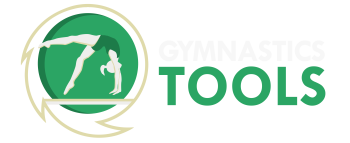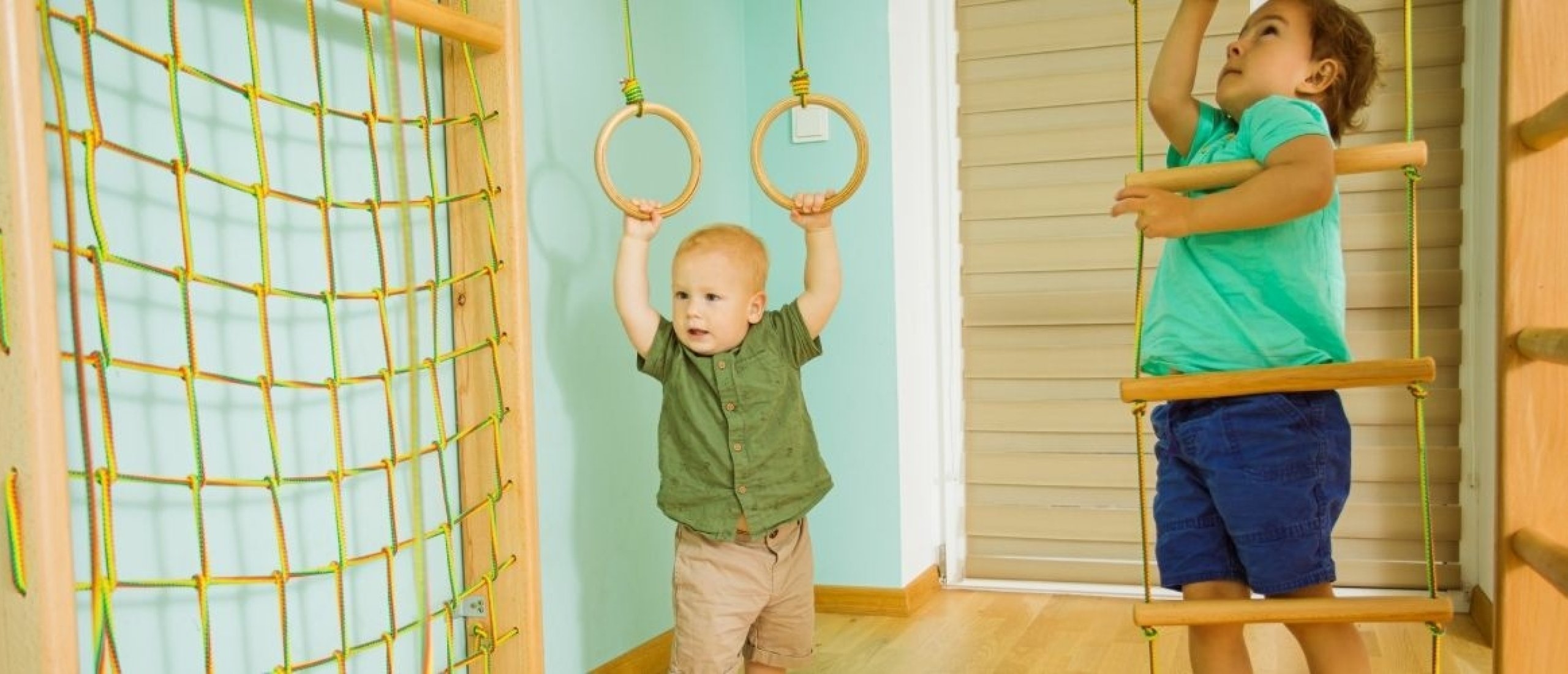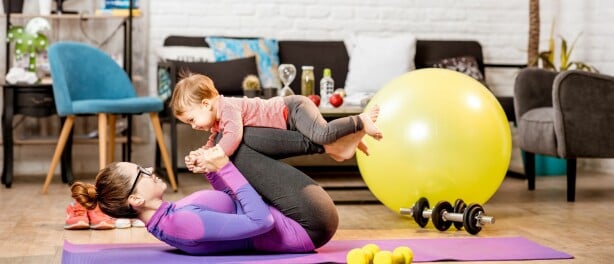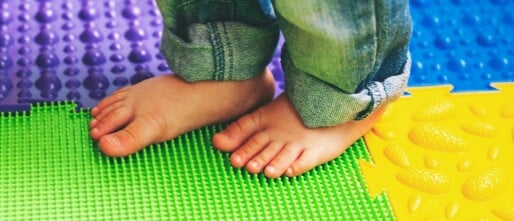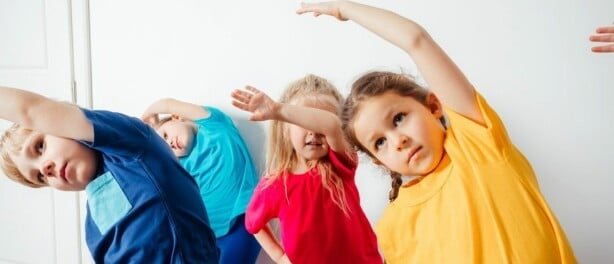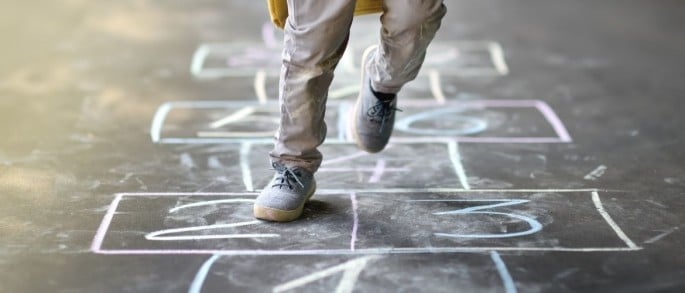How fast they go and how big they grow! From baby, to toddler and then suddenly a toddler. As a parent you know quite well by now how your child's development is going and whether it is going 'according to plan'. Some things seem to go without saying, but your toddler may need a little help with some things.
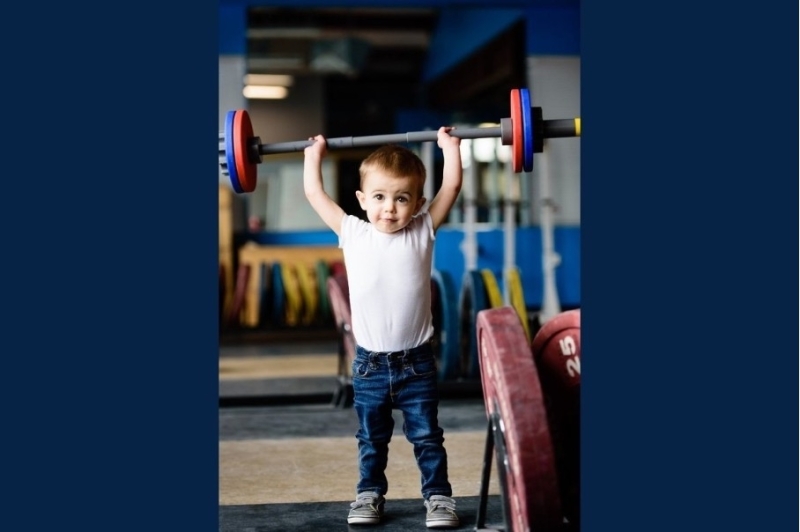
Stimulating motor development
Encouraging your toddler's motor development is one of the things they could use a little help with. When you work on motor skills, you not only increase motor skills, but also a number of meta-motor skills. These are skills that are indirectly visible. Think for example of your toddler's coordination (keeping balance and manoeuvrability) and conditional abilities (strength, stamina and speed). In addition to these abilities, it can also stimulate self-confidence and social-emotional development. A good basis for many different developments.
Symmetrical phase
What is also good to know is that toddlers are in the symmetrical phase. This phase comes from Mesker's development model and you can find more information about it in the blog 'the motor development of toddlers'. The symmetrical phase begins around the age of e1/2e and continues until the age of 6. In this phase, both sides of the body make the same, equal movements (if one hand makes a stretching movement, so will the other). The cooperation between the left and right hemispheres of the brain is enhanced. This also means that toddlers have not yet developed a preferred side and can, for example, pick up a toy with both hands (or alternate hands).
Hull balance in toddlers
The thumb has no function at this stage and cannot actually feel things as well as we can. The movements of toddlers at this stage are still large and non-specific. Another thing that develops during this phase is trunk balance. Toddlers can use this trunk balance to keep their balance better.
But how can you stimulate this at home with your toddler? What is important in the first instance is to practise specific movements from this phase. If too little is practised with this symmetry, the next phase will be delayed. Children who remain in the symmetrical phase are often characterised by movements that do not support the primary movement. Children then cut (primary movement), for example, with their mouth open; the mouth makes the same opening and closing movement as the hand (secondary movement). However, this does not stimulate the cutting process.
In practice
Here are some ideas for practising this phase with your toddler:
- Create a jumping track in the house that forces your toddler to use two feet to push off (symmetry between both feet). -
Let them jump over a ditch (doormat to doormat
)- jump from a small elevation (bottom step of the stairs
)- jump into a hoop (or similar object)-
let them jump over a line (laminate divider) - Throw a balloon together. This can be done while sitting or standing, but above all, do it often (experience of success). You are encouraging the throwing of the balloon with two hands (symmetry between the hands). If this is too easy, the balloon can also be replaced by a light ball.
- Get your child to stand up and sit down in different ways, making it a game of 'copy me'. Also try to encourage your toddler to do this by doing a squat.
- Try to challenge balance. Have your toddler sit/stand on wobbly surfaces or let them step over ditches forcing them to stand on one leg for a short period of time.
Playing with reaction lights
The so-called reaction lights are very popular. These are training lights with special motion sensors. Apart from being used in all kinds of sports, you also see them more and more in the living room.
During gym lessons, many pupils are also very enthusiastic about reaction lights. Tag games, relays, reaction speed tests and other games suddenly become much more fun and give your gym class an innovative boost. Very useful to motivate pupils who do not always feel like doing gymnastics!
As well as being useful for training, these training lights can also be used in many other situations. Children love to play games with them in the living room to test their reaction speed.
Read more about these lamps in this blog!
Inspiration
Hopefully, with this blog we have given you some tips to get started. At home, or maybe as a gym teacher in the hall. If you are looking for more lesson inspiration, please visit the platform of Gymnastics Tools. We have also written several blogs about kindergarten, containing ideas and tools for the gymnastics lesson!
